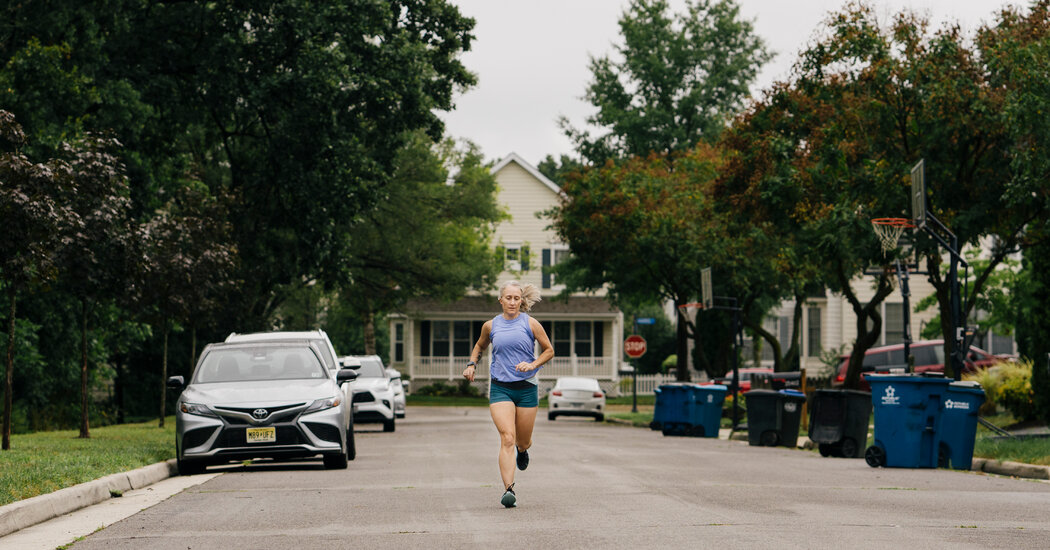Your body changes during the menopause transition. So should your fitness routine.
When Alison Gittelman turned 49, she found that she couldn’t run as fast or as long as she had before. She was an experienced marathoner and triathlete, but suddenly, as she entered menopause, her heart rate was unusually elevated while running. Her joints hurt. She gained weight. She started experiencing debilitating menstrual cramps.
“I hadn’t anticipated this at all,” said Ms. Gittelman, now 51. “I thought I would breeze through menopause.”
Soon, Ms. Gittelman realized that she had to adjust her exercise routine. She started to run less and rededicated herself to strength training and mobility exercises.
Whether you work out regularly or you’re just building a fitness habit, exercise can feel harder as you reach menopause, which typically occurs in your 40s or 50s. But that doesn’t mean you should hang up your sneakers. “Exercise can be a tool to build up your resilience to the shifts that are going to happen,” said Dr. Alyssa Olenick, an exercise physiologist who studies metabolism and menopause.
In your mid-40s, your ovaries start producing less estrogen and other reproductive hormones. This transitional phase, called perimenopause, lasts between four and eight years on average. Then, your estrogen plummets.
Beyond regulating reproductive function, estrogen plays an important role in preserving muscle mass and in protecting the heart, blood vessels, metabolic function and bone health. With less estrogen circulating in the body, a woman’s risk for diabetes and cardiovascular disease increases. Bone density declines too, leaving women at greater risk for fractures and osteoporosis.
